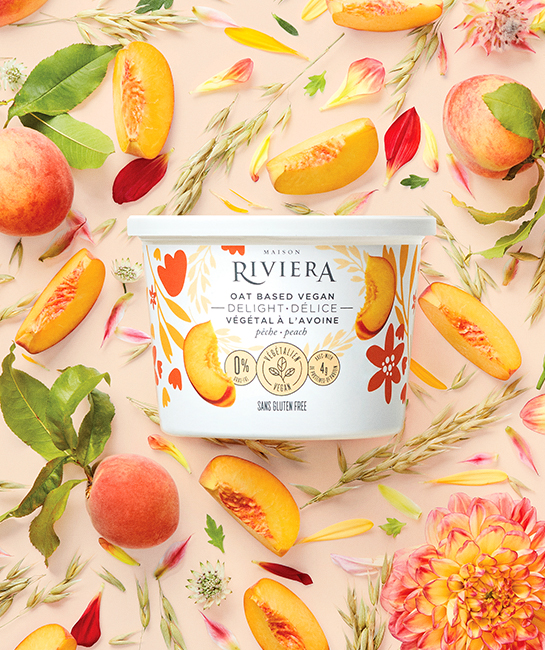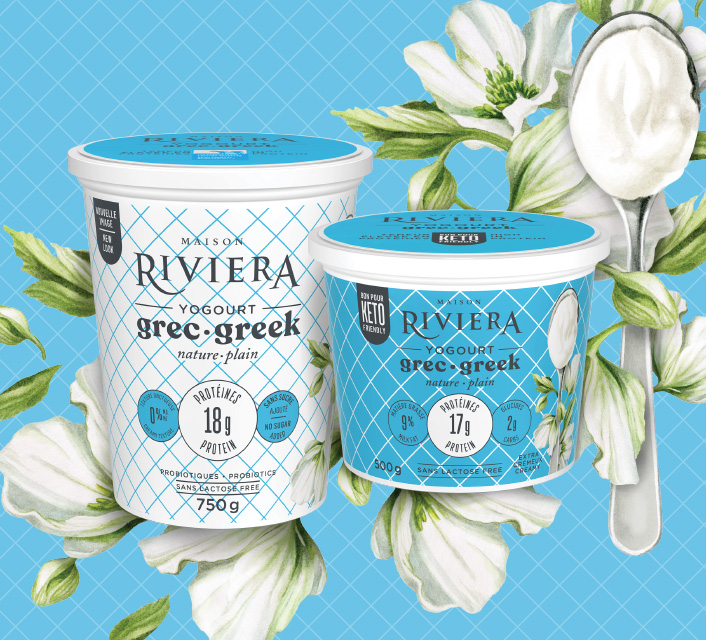Community Plan
Put your brand top-of-mind
Our objective: Keep the brand top-of-mind with consumers, find new consumption opportunities, and nurture emotional connections.

Knowing how to engage with consumers is essential. Talk to our specialists; they know the score.

Your content. On your grounds. For your very own consumers.
With the remarkable adoption and growth of social media across all segments of society, every brand can now establish its own communication channels and maintain a direct relationship with its consumers. This advantage is particularly crucial in an industry where the relationship with the consumer is often mediated by the retailer rather than the manufacturer.
Our social media marketing team plans the editorial calendar, writes content, produces photo and video materials, and manages your Facebook, Instagram, LinkedIn, TikTok, X/Twitter, or Pinterest pages. Content adaptation is carried out according to the markets targeted by your social media channels, from coast to coast and even beyond.

Appealing content, made turnkey
We create content for our clients that will attract and engage the community, encouraging them to comment and even share it, extending the reach of the posts without the need for paid media investment.
From recipe development to interviews with decision-makers, behind-the-scenes looks at product creation, and ideas and tips for preparing and enjoying your products, the list of captivating content is extensive, providing numerous opportunities to charm your community and remind them of your brand.
Our methodology
Strategy
- Build a Consumer Profile
- Analyze the Market and Competition
- Establish Positioning
- Develop Community Strategy
Investing time in researching and analyzing consumers is crucial in social media marketing because the gathered information will guide all actions, from selecting social media platforms to topics covered in the editorial calendar, and even the tone used.
Duration: 1 month or more depending on the required research.
Social Media Marketing
- Develop the Social Media Strategy
- Prepare the Editorial Calendar
- Write Content and Produce Photo and Video Materials
- Publish Posts and Manage the Community
- Expand Reach with Influencers and Paid Investments
Social media management can quickly become overwhelming, which is why we offer a rigorous planning approach while allowing the flexibility needed to react quickly to the latest trends of the day. Nothing is left to chance, and the results speak for themselves.
Preparation duration: 2 months
Content Marketing
- Develop the Content Strategy
- Craft the Brand Storytelling
- Design and Shoot Recipes
- Conduct Interviews
- Manage Webinars and Conferences
- Prepare and Send Newsletters
You’ve created fantastic products, and we take care of telling their story to consumers, captivating them with behind-the-scenes artisans and delighting them with recipes, tips, and ideas that add value to your social media and make them indispensable.
Duration: 1 to 6 months, depending on the scope of the project.

Content Marketing
- Build a Consumer Profile
- Analyze the Market and Competition
- Establish Positioning
- Develop Community Strategy
You’ve created fantastic products, and we take care of telling their story to consumers, captivating them with behind-the-scenes artisans and delighting them with recipes, tips, and ideas that add value to your social media and make them indispensable.
Duration: 1 to 6 months, depending on the scope of the project.

Content Marketing
- Develop the Social Media Strategy
- Prepare the Editorial Calendar
- Write Content and Produce Photo and Video Materials
- Publish Posts and Manage the Community
- Expand Reach with Influencers and Paid Investments
You’ve created fantastic products, and we take care of telling their story to consumers, captivating them with behind-the-scenes artisans and delighting them with recipes, tips, and ideas that add value to your social media and make them indispensable.
Duration: 1 to 6 months, depending on the scope of the project.

Content Marketing
- Develop the Content Strategy
- Craft the Brand Storytelling
- Design and Shoot Recipes
- Conduct Interviews
- Manage Webinars and Conferences
- Prepare and Send Newsletters
You’ve created fantastic products, and we take care of telling their story to consumers, captivating them with behind-the-scenes artisans and delighting them with recipes, tips, and ideas that add value to your social media and make them indispensable.
Duration: 1 to 6 months, depending on the scope of the project.

